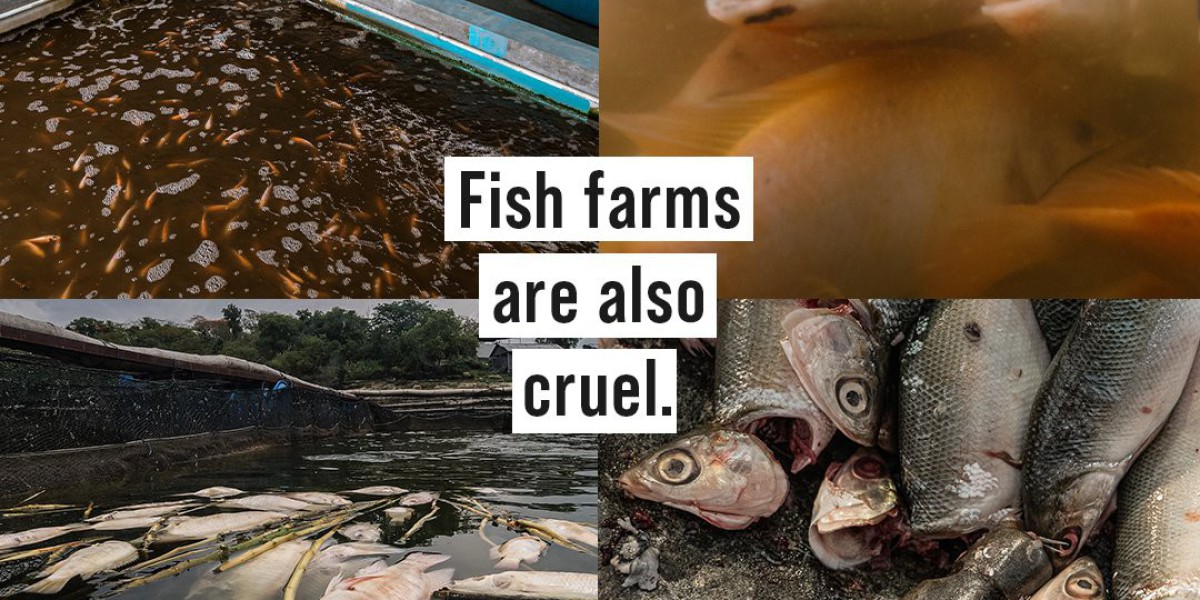The dairy industry animal cruelty is a disturbing reality that often remains hidden behind idyllic images of pastoral farms and happy cows. However, beneath the surface lies a stark truth: the production of dairy products involves systemic exploitation and suffering of animals. From calf separation to confinement and over-milking, the dairy industry animal cruelty encompasses a range of practices that prioritize profit over the well-being of animals.
One of the most egregious forms of dairy industry animal cruelty is the separation of calves from their mothers shortly after birth. In order to maximize milk production, dairy cows are impregnated repeatedly, only to have their calves taken away within hours or days of birth. This traumatic separation causes immense distress to both the mother and calf, disrupting the natural bond between them and leading to long-term psychological and emotional harm.
Furthermore, dairy industry animal cruelty extends to the treatment of dairy cows themselves. In many industrial dairy operations, cows are subjected to cramped and unsanitary living conditions, often confined to crowded indoor spaces or small outdoor pens. These confined environments not only deprive cows of their natural behaviors but also increase the risk of disease and injury.
Additionally, dairy cows are often subjected to over-milking, a practice that can lead to painful udder infections and other health issues. In order to maintain high milk yields, cows may be pumped full of hormones and antibiotics, further compromising their health and well-being. Despite these risks, the relentless pursuit of profit drives many dairy producers to prioritize milk production over the welfare of their animals.
The cycle of dairy industry animal cruelty continues beyond the confines of the dairy farm, extending to the fate of surplus calves and spent dairy cows. Male calves, deemed useless for milk production, are often sold for veal or slaughtered shortly after birth. Female calves may be raised as replacements for the dairy herd or subjected to the same fate as their mothers once their milk production declines.
Moreover, the environmental impact of the dairy industry animal cruelty cannot be ignored. Industrial dairy operations contribute to air and water pollution, soil degradation, and greenhouse gas emissions. The intensive use of resources such as water, land, and feed further exacerbates environmental degradation and climate change. By transitioning away from dairy products, individuals can reduce their ecological footprint and contribute to a more sustainable food system.
Addressing the issue of dairy industry animal cruelty requires systemic change at both the individual and societal levels. Consumers can make a difference by choosing plant-based alternatives to dairy products and supporting companies that prioritize animal welfare. Additionally, policymakers can implement regulations and standards that protect the rights and well-being of farm animals, ensuring that the dairy industry animal cruelty is not tolerated or overlooked.
In conclusion, the dairy industry animal cruelty is a deeply troubling aspect of modern food production that demands attention and action. By exposing the realities of dairy farming and advocating for compassionate alternatives, we can work towards a future where animals are treated with dignity and respect. From reducing calf separation and confinement to promoting plant-based diets, there are numerous steps we can take to address the systemic cruelty inherent in the dairy industry and create a more compassionate world for all beings.


